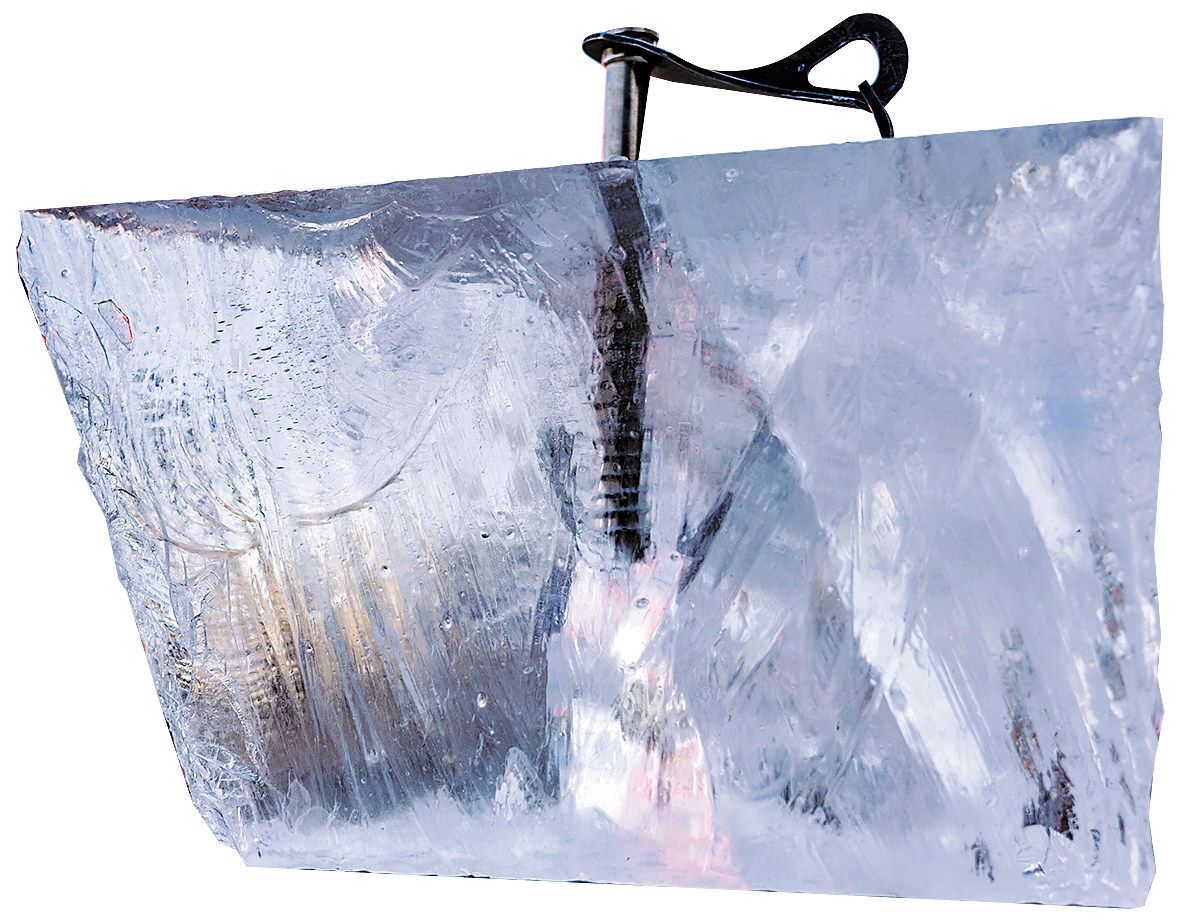Water rescue team sharpens its ice-diving skills
Little-heralded outfit braves aquatic depths in Beijing for intensive training


Buddy system
Ice-diving rescue operations require up to five people working together to ensure safe procedures. A pair of divers is supported by two safety buddies on the ice as well as an emergency backup diver. A large tent is also pitched near the ice hole to keep the divers warm after they leave the water.
Zhao Qiang, the rescue team's deputy head and chief diving instructor, said the ice hole is triangular as the shape makes it easier for the divers to exit the water.
"However, it is still a challenging task, and the divers require assistance from their safety buddies to navigate the slippery ice surrounding the hole," he said.
Zhao said ice diving is more dangerous than free diving in the sea, but it can be a safe operation if procedures are properly followed.
The primary danger in ice diving is the submerged diver not being able to locate the exit hole.
"In the summer, we divers can naturally surface from any water body," Zhao explained. "However, during the cold of winter, if we get lost under the ice or the tank runs out of compressed air, the situation becomes perilous due to the enclosed nature of the space under the ice. The only escape from such danger is to find the triangular ice hole."
Hypothermia — long exposure to cold that causes body temperature to dangerously drop — is another major threat to ice divers. However, this risk has been greatly reduced thanks to the use of dry diving suits.
Zhao said that unlike wet suits, which allow water to enter and be trapped and heated by the body's temperature, a dry suit prevents any water from getting in. Compressed air is pumped into the suit to create a thin layer of air that insulates the diver from the cold.
"We have a dozen sets of dry suits," Zhao said, adding that he recommends to the divers they also wear cotton clothing under their suits to stay warmer.
"Otherwise, if the divers don't wear thermal clothing, the cold will reach their bodies more quickly," he said.
Before the divers enter the icy water, the chief instructor usually conducts a final check of all the diving equipment. He inspects the guide ropes for the divers and notes down all the pre-dive checks. Once these operations are completed, the divers can go under the ice.
At the next stage, two divers in diving suits loaded with equipment, move to the ice hole and with the help of two of their teammates slide into the water.
After inserting their mouthpieces, the divers slowly submerge beneath the icy surface.
"The visibility of the water in winter is the best of all the seasons," said Zhao. "The activities of microorganisms, algae and fish in cold water are not that frequent," he said, adding there is also less plankton, which means the water is not as muddy.
"In addition, beneath the ice ceiling the sunlight filters down and is gently diffused to bathe the scene in a soft and even glow of light," he said.


















